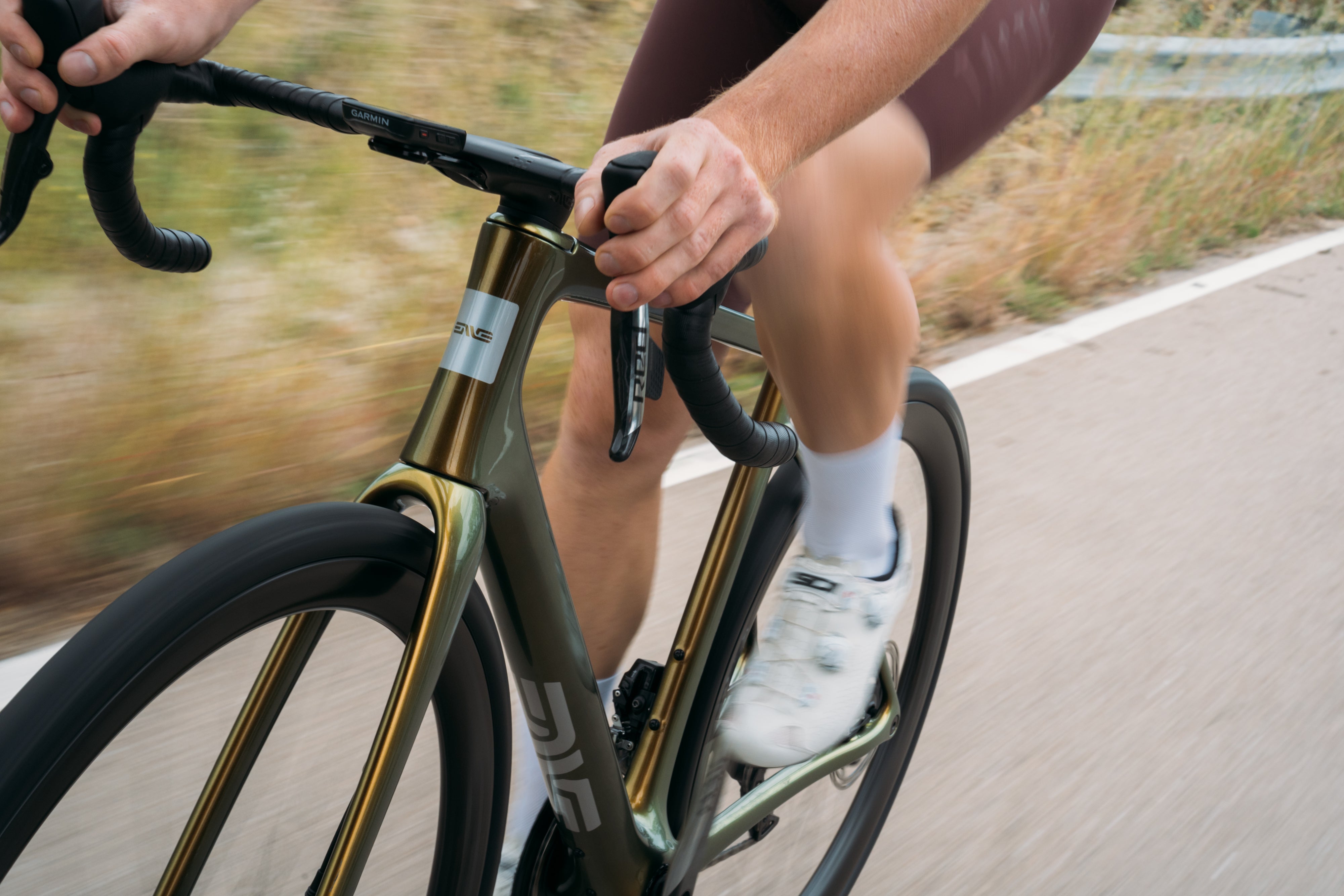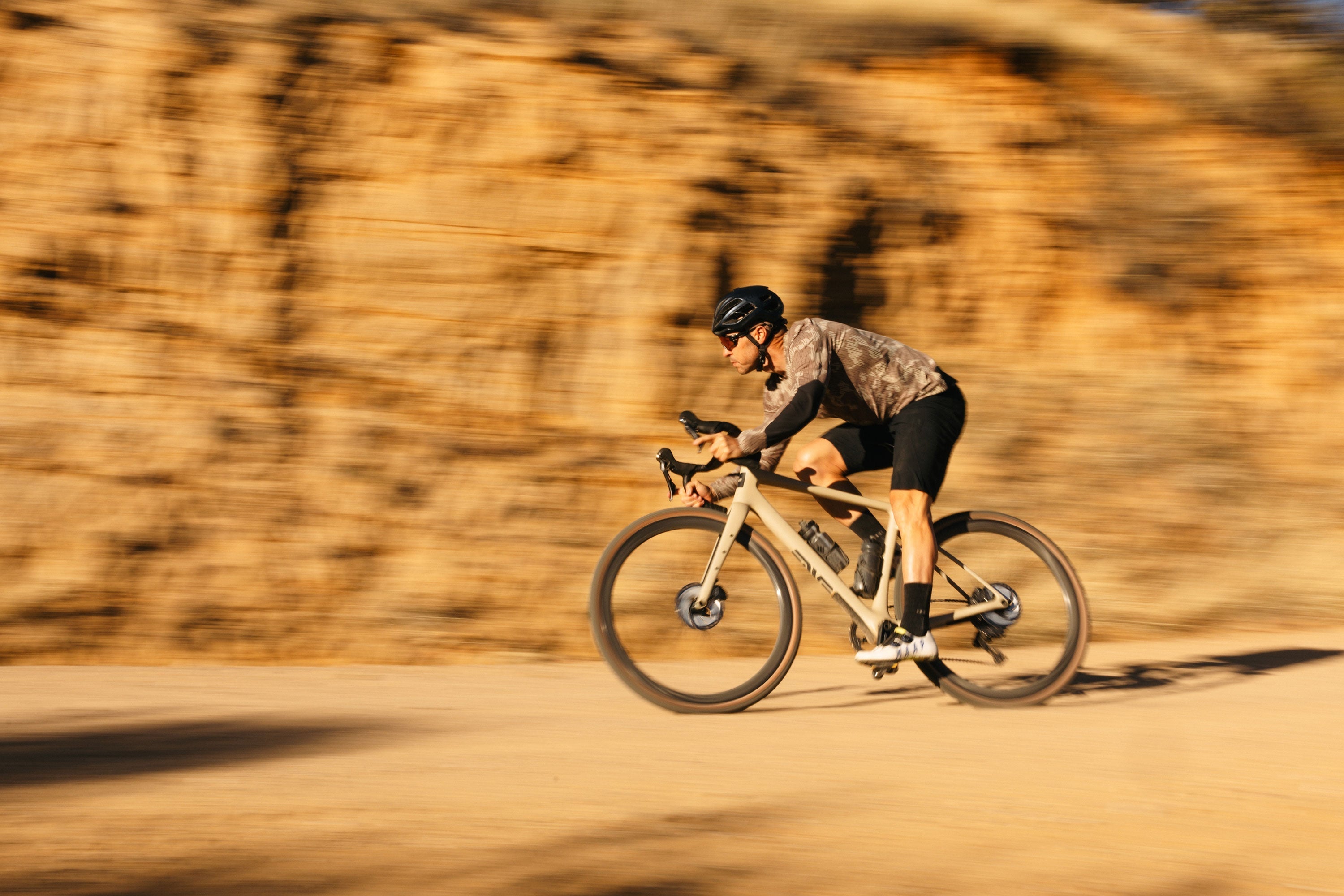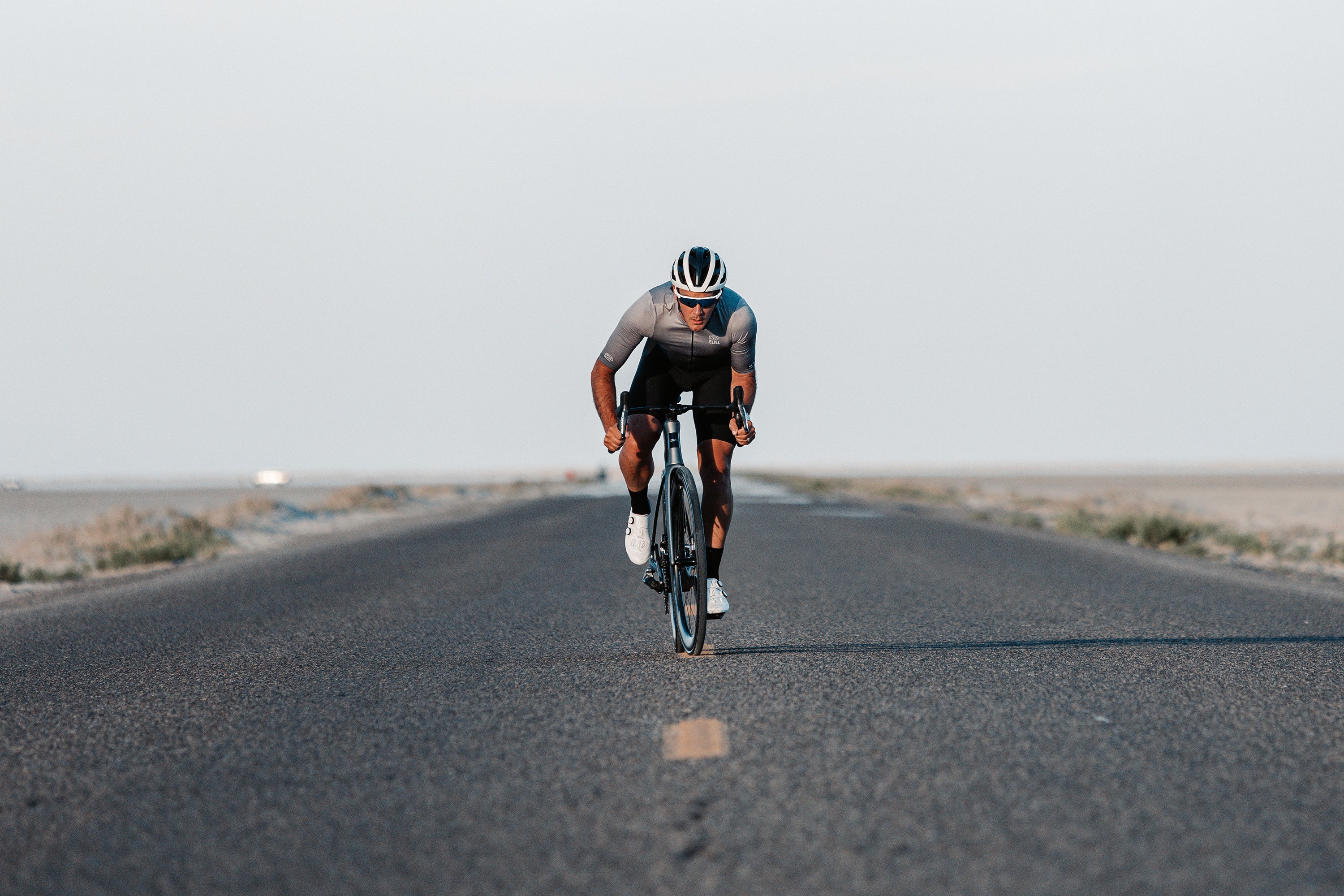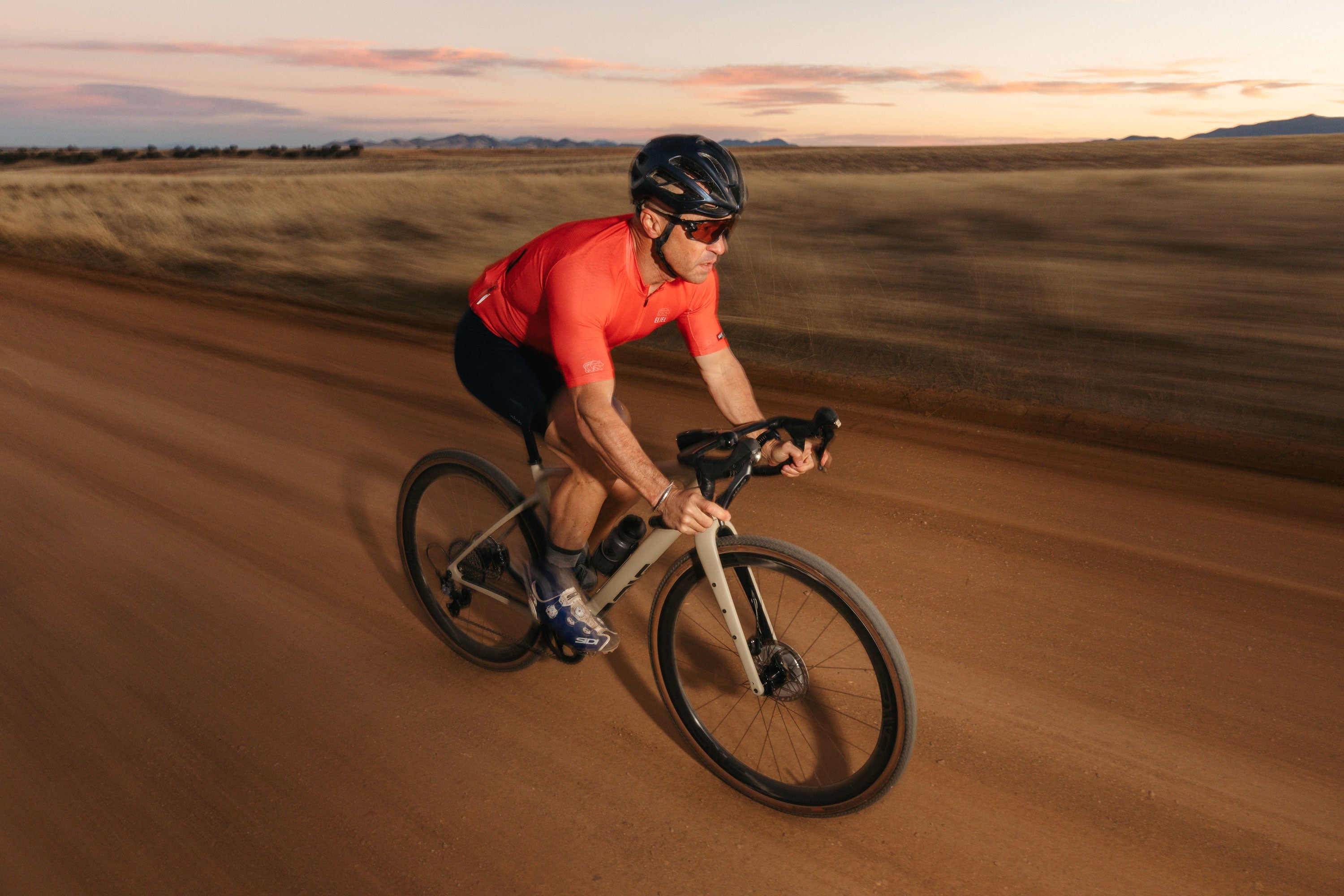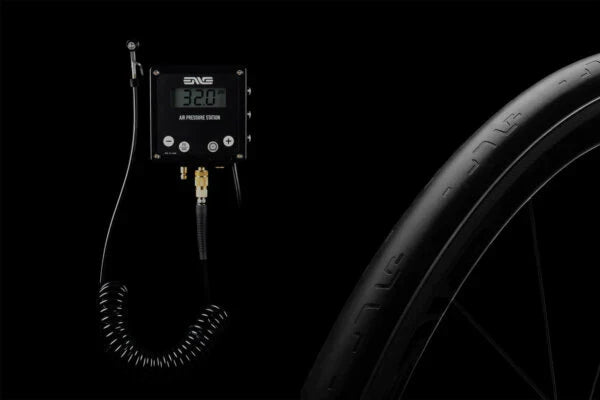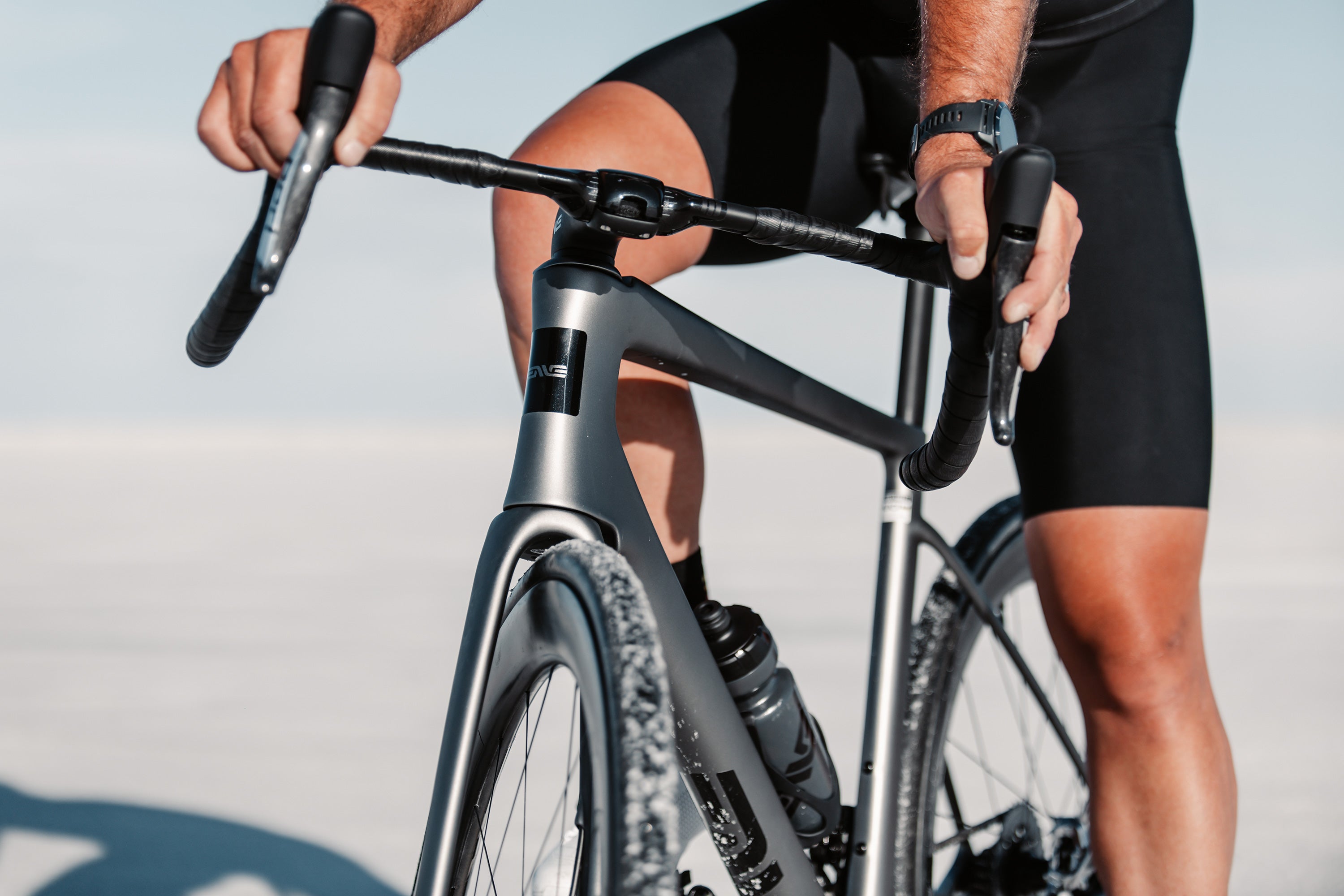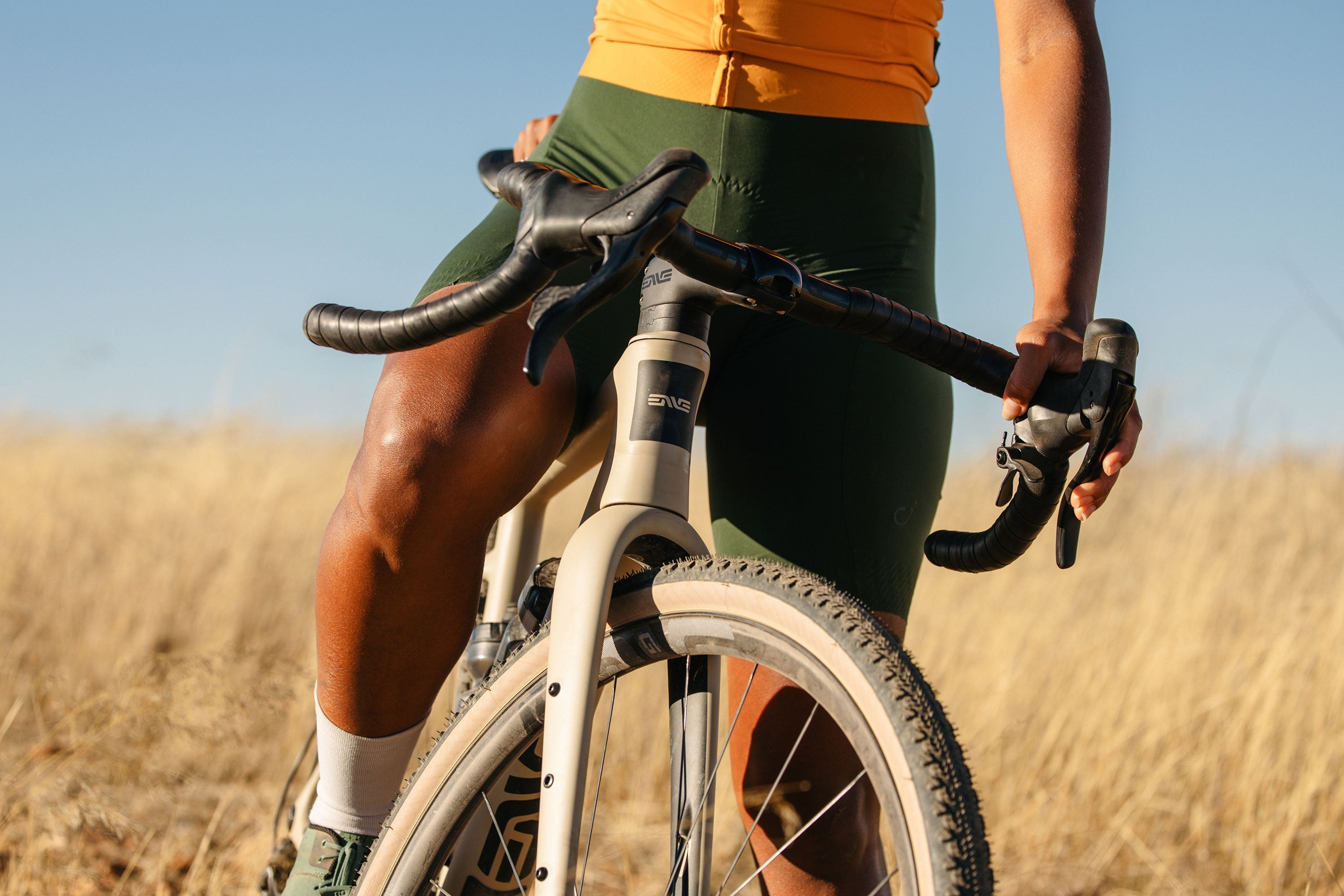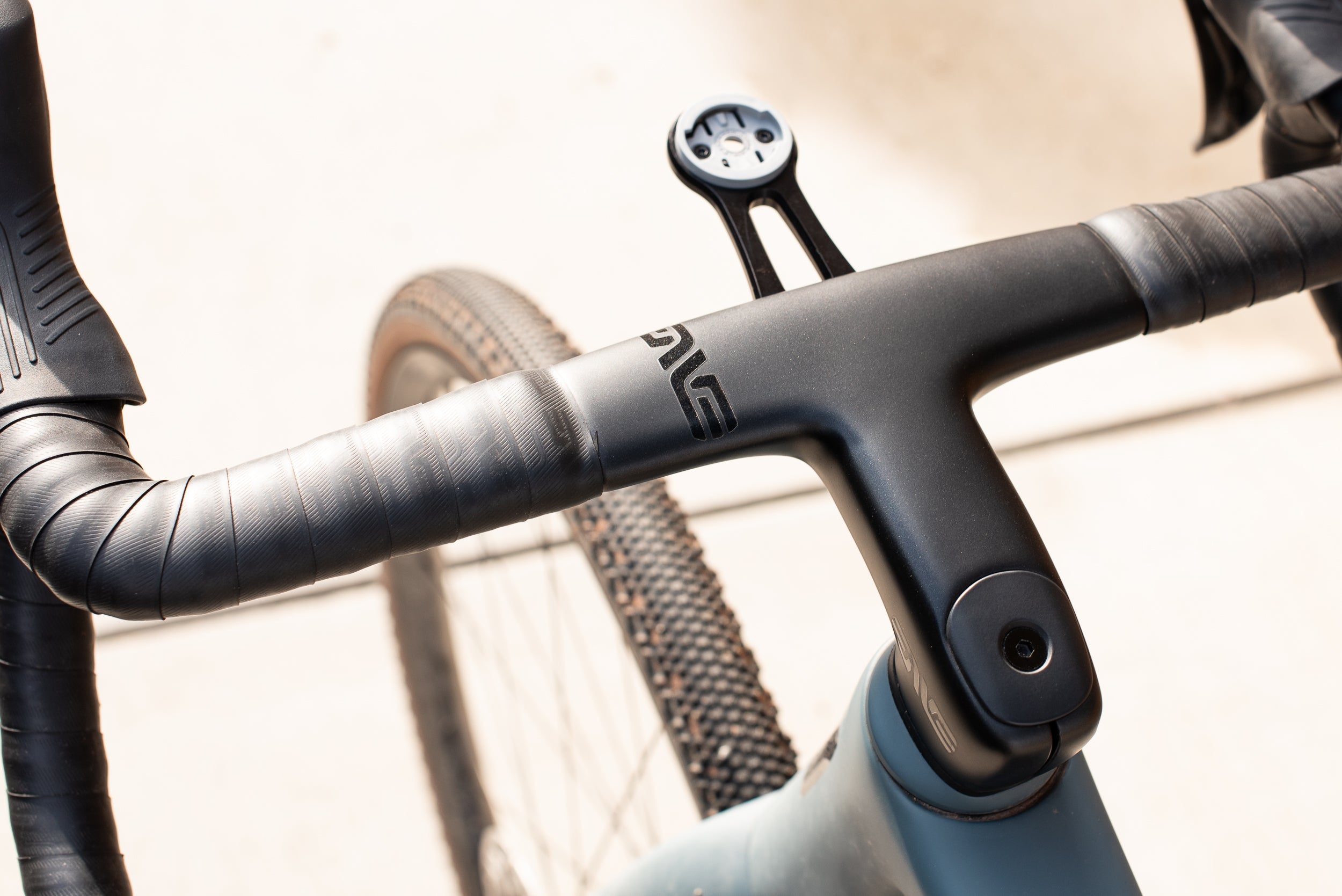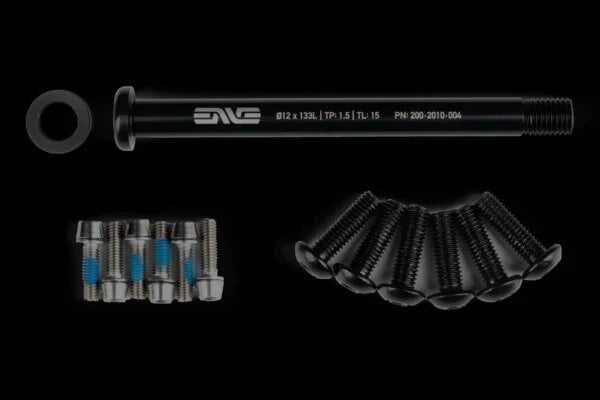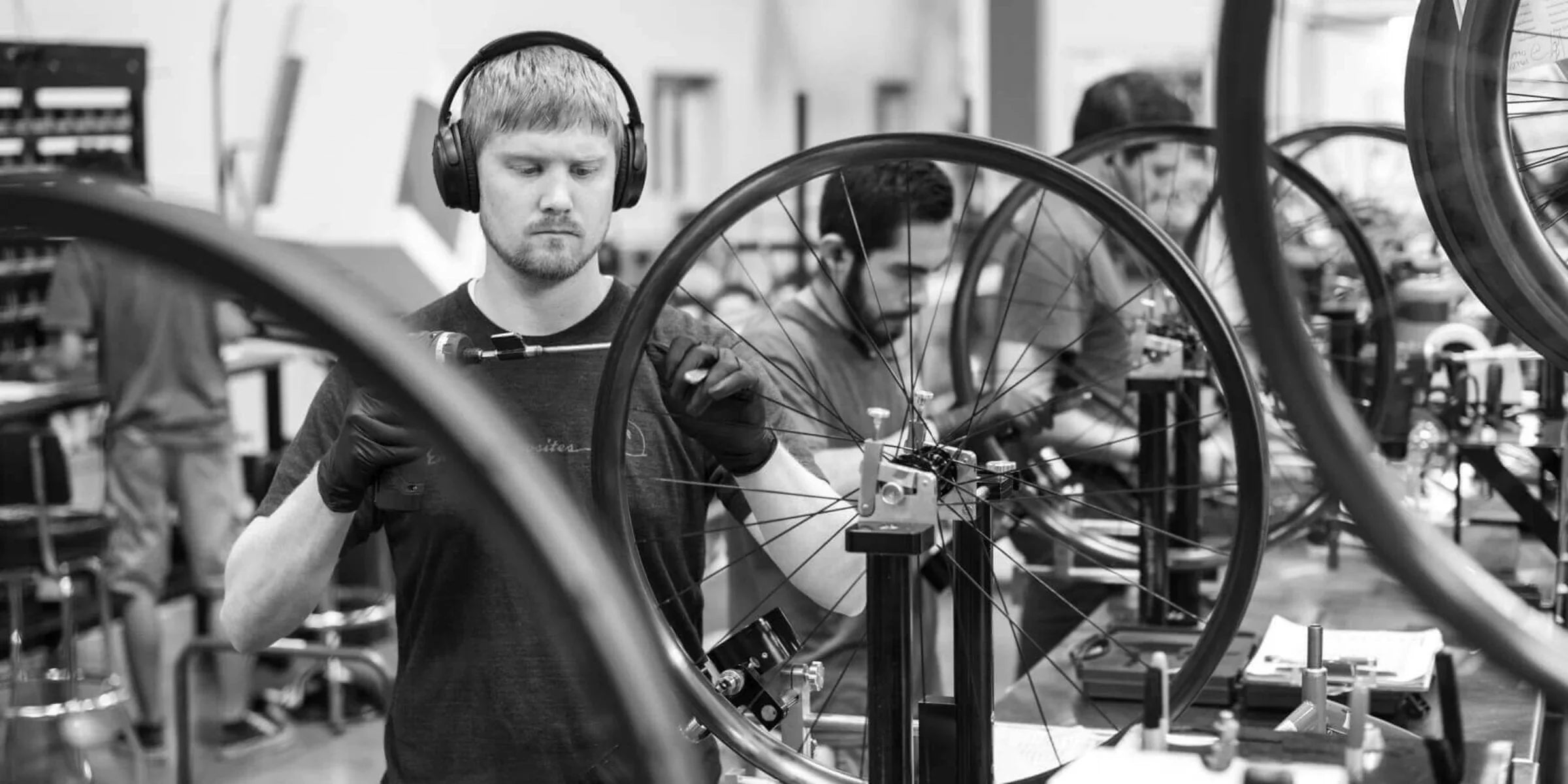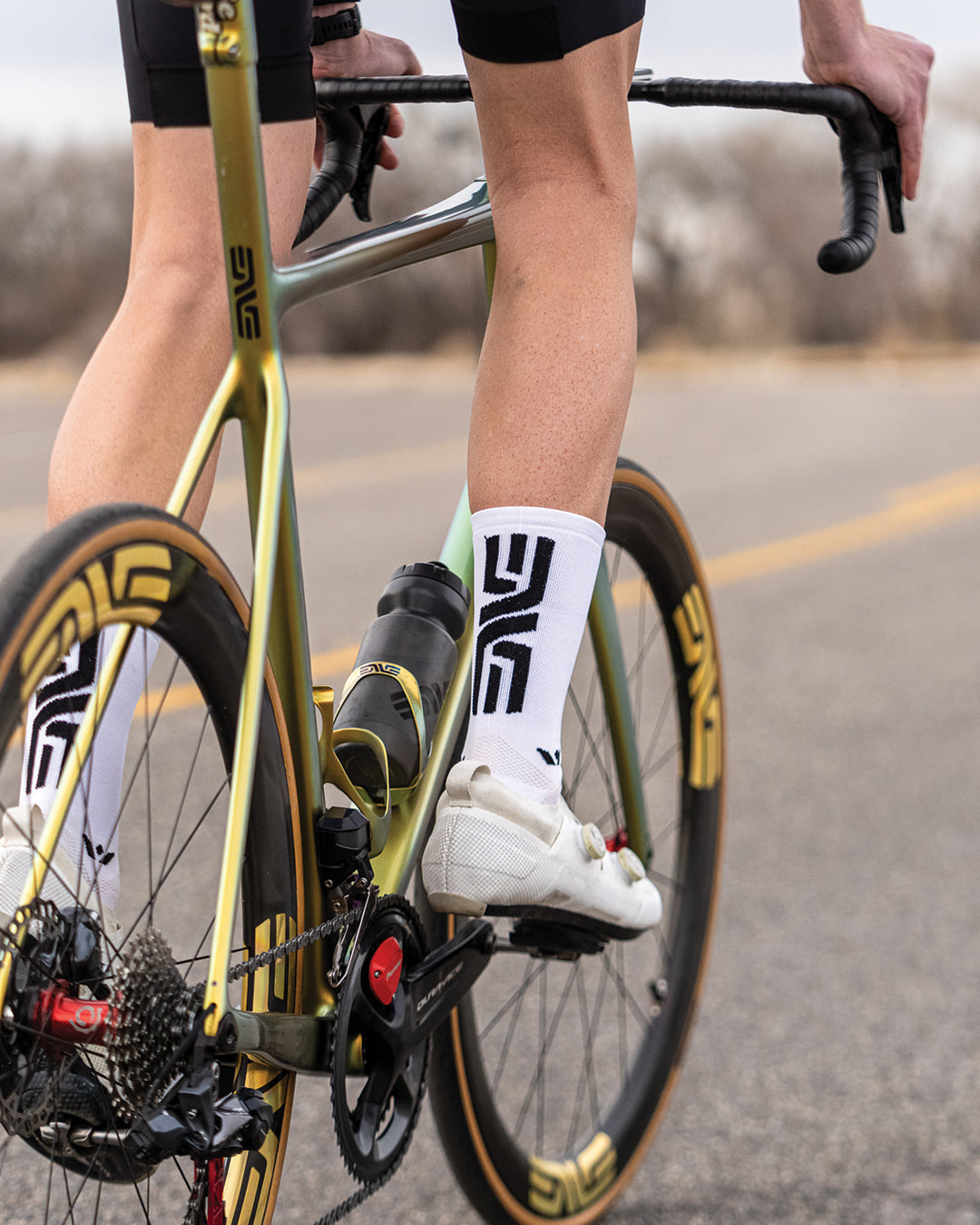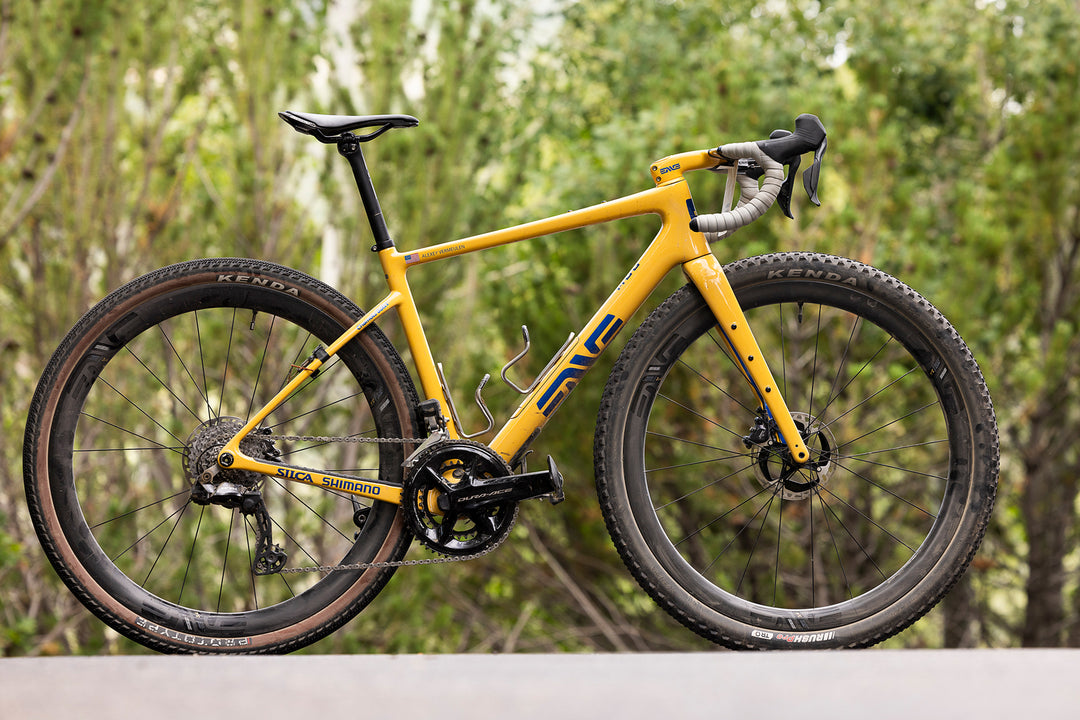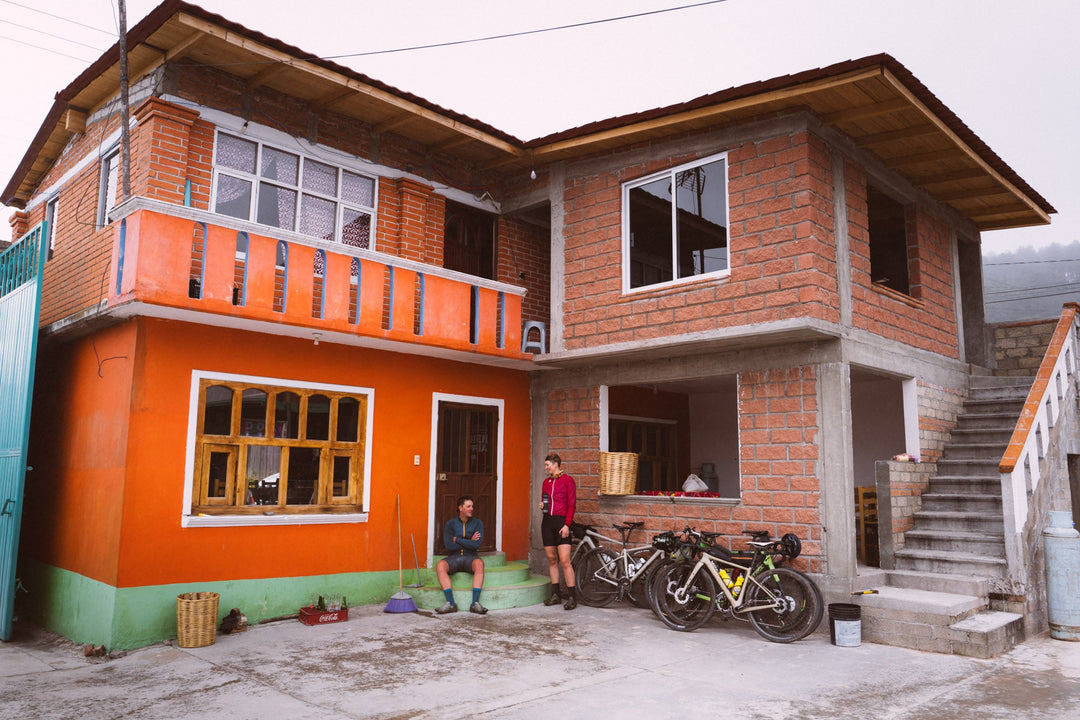Is wider always better?
IS WIDER ALWAYS BETTER?
AUGUST 24TH, 2015
With the whole “wide wheel” craze seemingly erupting all around us in the media and the popular forums, we asked our engineers, from a scientific perspective: Is wider always better? Let’s knock out a couple of myths about wide wheels.

Myth #1 – Running a wider rim increases effective tread.
Maxxis High Roller II Geometry

As you can see – rim width does very little to affect tread width, assuming you are running an appropriately sized rim for your tire. With the Maxxis High Roller II, a 2.3″ tire, there are infinitesimally small tread width gains (about 1/3 of a millimeter) from boosting internal rim width 10 mm from 25 mm to 35 mm. For you guys doing the math at home, about the same size as 3 strands of hair. So, what are you getting? You are getting casing width and most likely added weight.

Myth #2 – Wider rims reduce tire deflection.
Rim Width to Sidewall Stiffness

On the left hand side, you have sidewall deflection in inches vs pounds of force on the bottom. The takeaway here is that there are diminishing returns above an internal width of 30 mm for 2.5″ tires. After that point, you are only adding weight. Myth busted.
When we launched the M Series 60 Forty, we had a specific tire size in mind for all-around trail riding. We were riding 2.1″ – 2.25″ tires and those wheels, with an internal rim width of 23 mm, provided the best traction, to weight, to durability, to sidewall strength of any rim width we tested. Now that we are riding 2.3″ – 2.4″ high volume trail tires, we have launched the M60 High Volume, with an internal rim width of 26mm. The M70 HV, with an internal rim width of 30mm, is optimized for 2.4″ – 2.5″ tires.
SUMMARY
So is wider better? If you are riding higher volume tires, then yes – up to a point. We now know that there are diminishing returns to increasing rim width when it comes to sidewall stiffness and tread width. As you can see below, the new HV wheelsets are just wide enough to provide the best performance, but not so wide that they get heavy – all while maintaining best-in-class durability.
Reducing Tradeoffs

Note: Impact values are achieved by dropping a weighted anvil on the built wheel w/ tire in a rigid fixture starting at 4″ and incrementally increasing the drop height by 2″ until rim shows any visible signs of damage.
ENVE Recommends
Pick a wheelset that best compliments your preferred tire for best performance. If you have questions for us, never hesitate to call 877.358.2869.


